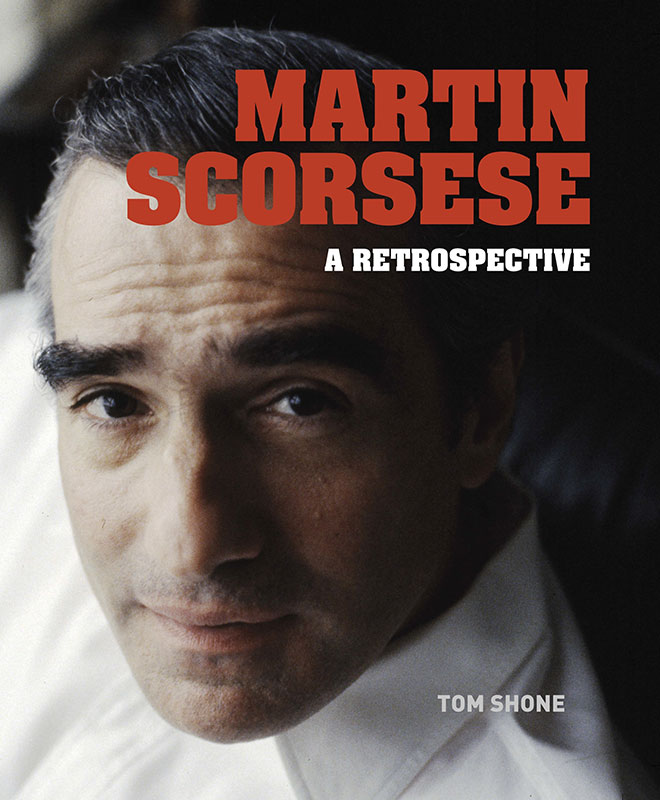Martin Scorsese has established himself as one of the most revered figures in the film industry since he first came into prominence in the early 1970s. It is common practice to include films such as Taxi Driver, Raging Bull, and Goodfellas among the very best movies that have ever been produced.
Scorsese was born in New York City in 1942 to parents of Sicilian descent who immigrated to the United States. He spent the majority of his childhood observing and listening to the attractions and tones of Little Italy from the veranda of his family’s tenement flat, which was located in the neighborhood. This included hearing loud music, drunks fighting, and neighborhood children playing stickball. As someone who has suffered from asthma their whole lives, he was unable to take part in the activities that his friends played. Instead, he developed an early interest in film and created detailed storyboards for movies that had not yet been filmed, such Westerns and Roman sagas. This lengthy training paid off for Scorsese in 1962 when he was admitted into a cinema school at New York University. Upon his arrival, he instantly garnered recognition with a sequence of eccentric and artistically brilliant college short films.
After having his first major success with the rugged motion picture Mean Streets (1973), Martin Scorsese overcame his early public image as a maestro of violent action. He went on to direct films as vast and varied as a poetic romance set in the 19th century titled The Age of Innocence (1993), a dramatization of the younger years of the Dalai Lama titled Kundun (1997), and a 3D children’s fiction titled Hugo (2011).

Martin Scorsese: A Retrospective
This magnificent retrospective is a worthy homage to a brilliant filmmaker, who is already reaching his eighth decade in the film industry and shows no signs of slowing down in his work. Commentaries on all twenty-six of Scorsese’s key features, ranging from the very seldom screened Who’s That Knocking at My Door (1967) to the most recent rollout, The Irishman (2019), are provided by renowned film critic Tom Shone. In addition, Scorsese’s noteworthy concurrent profession as a documentary filmmaker is discussed. Shone continues to draw on his extensive understanding and unique perspective to provide these insightful social commentary.
This is the ultimate tribute of some of cinema history’s most lasting talents, as it has beautifully crafted layout and a bountiful amount of illustrations including more than 200 images and photographs from behind the action.
About the author, Tom Shone
Between the years of 1994 and 1999, when he relocated to New York, Tom Shone served as the movie critic for the Sunday Times. He is the creator of a number of books, some of which include: In the Rooms, Woody Allen: A Retrospective, Tarantino: A Retrospective, and Blockbuster: How Hollywood Learned to Stop Worrying and Love the Summer. His writing has appeared in the New Yorker, the New York Times, the TLS, Intelligent Life, Areté and Vogue. He is a cinema historian and has done critique at New York University, where he lectures at the moment.











